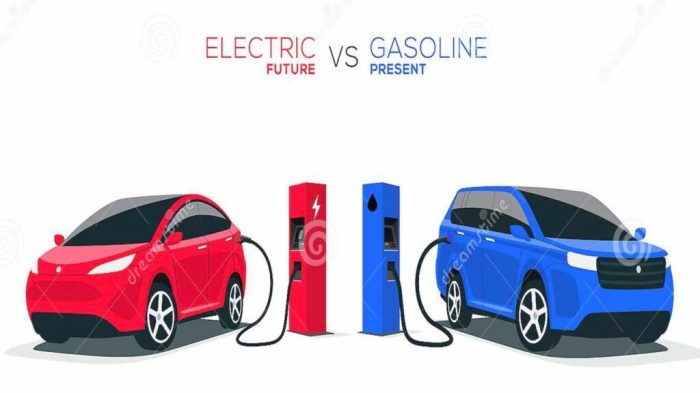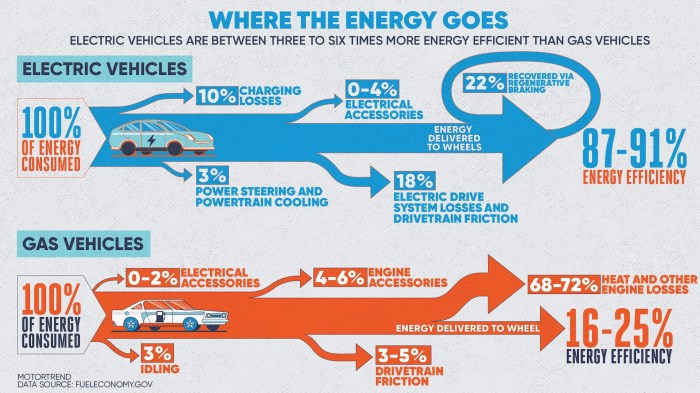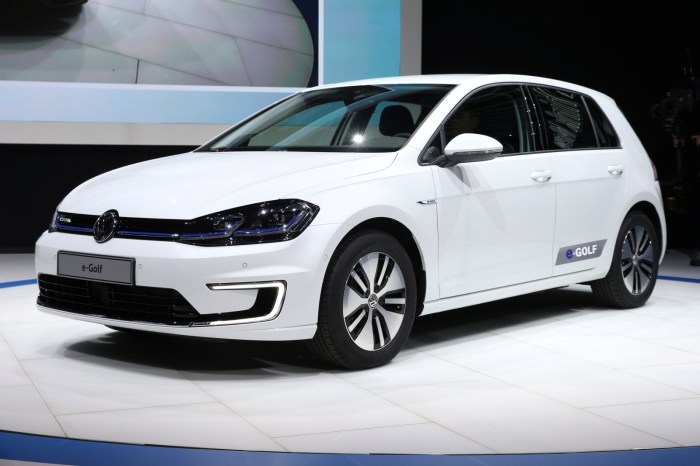Choosing between an electric vehicle (EV) like the VW e-Golf and a traditional gas-powered car is a significant decision, impacting your wallet, the environment, and your daily driving experience. This comprehensive guide delves into the key differences, helping you make an informed choice based on your individual needs and priorities.
Performance and Driving Experience: Electric vs. Internal Combustion Engine (ICE)
The driving experience between the VW e-Golf and a comparable gas-powered car differs significantly. The e-Golf offers instant torque, resulting in brisk acceleration, especially from a standstill. This electric motor provides a smooth, quiet ride, free from the engine noise and vibrations associated with ICE vehicles. However, the top speed and overall power might be slightly lower compared to some high-performance gas-powered counterparts.Gas-powered cars, on the other hand, offer a wider range of performance options, from economical sedans to powerful sports cars.
The driving experience can vary greatly depending on the engine size and type. While some offer smooth performance, others might be less refined, with noticeable engine noise and vibrations, especially at higher RPMs.
Acceleration and Handling:
* VW e-Golf: Provides immediate acceleration, making city driving effortless. Handling is generally good, though it might not match the agility of some sportier gas-powered cars.
Gas-Powered Cars
Acceleration varies greatly depending on the engine. Handling also depends on the vehicle’s design and features. Some offer superior handling compared to the e-Golf, while others might feel less responsive.
Running Costs: Fuel, Electricity, and Maintenance
This is a crucial area where the two vehicle types diverge significantly. The VW e-Golf’s running costs are generally lower than those of a comparable gas-powered car. Electricity is typically cheaper than gasoline, resulting in lower fuel costs. Furthermore, EVs require less maintenance, as they have fewer moving parts compared to ICE vehicles. This translates to reduced costs on oil changes, spark plugs, and other regular maintenance items.
Fuel and Electricity Costs:
* VW e-Golf: Electricity costs are significantly lower than gasoline, especially with access to home charging or off-peak electricity rates.
Gas-Powered Cars
Gasoline prices fluctuate considerably, impacting running costs. Fuel efficiency also varies widely depending on the vehicle’s engine and driving style.
Maintenance Costs:
* VW e-Golf: Fewer moving parts translate to lower maintenance costs. Brake pad wear might be slightly higher due to regenerative braking.
Gas-Powered Cars
Regular maintenance, including oil changes, spark plug replacements, and potential engine repairs, can be costly over time.
Environmental Impact: Emissions and Sustainability
The VW e-Golf boasts a significantly lower environmental impact compared to gas-powered cars. As an EV, it produces zero tailpipe emissions, contributing less to air pollution and greenhouse gas emissions. However, the overall environmental impact also depends on the electricity source used to charge the battery. If the electricity is generated from renewable sources, the e-Golf’s carbon footprint is drastically reduced.Gas-powered cars, on the other hand, release harmful greenhouse gases and pollutants into the atmosphere, contributing to climate change and air pollution.

Source: learnelectriccars.com
The environmental impact varies depending on the vehicle’s fuel efficiency and the type of fuel used.
Emissions:
* VW e-Golf: Zero tailpipe emissions, contributing to cleaner air.

Source: motortrend.com
Gas-Powered Cars
Produce greenhouse gases and pollutants, contributing to air and climate pollution.
Range and Charging Infrastructure: Addressing EV Concerns
One common concern regarding EVs is range anxiety – the fear of running out of charge before reaching a charging station. The VW e-Golf’s range is relatively limited compared to many modern EVs, although sufficient for daily commutes and shorter journeys. However, the availability of public charging stations is still a factor to consider, particularly for longer trips.
Planning your journeys and utilizing available charging infrastructure is crucial for EV ownership.Gas-powered cars, on the other hand, offer significantly longer ranges, making long-distance travel more convenient. Refueling is also quicker and more readily available compared to EV charging.
Range and Charging:
* VW e-Golf: Limited range compared to gas-powered cars. Charging times can be longer than refueling.
Gas-Powered Cars
Longer range and quicker refueling times.
Purchase Price and Depreciation: Initial Investment and Resale Value
The initial purchase price of a VW e-Golf is generally higher than that of a comparable gas-powered car. However, government incentives and tax credits can significantly reduce the upfront cost. Depreciation rates for EVs can vary, but they are generally holding their value better than traditional cars due to high demand.Gas-powered cars usually have lower initial purchase prices, but they depreciate more rapidly over time.
Purchase Price and Depreciation:
* VW e-Golf: Higher initial purchase price, but potentially lower depreciation rates.
Gas-Powered Cars
Lower initial purchase price, but faster depreciation.
Frequently Asked Questions (FAQ)
* Q: How long does it take to charge a VW e-Golf? A: Charging time varies depending on the charger type. Home charging can take several hours, while fast chargers can significantly reduce charging time.* Q: What is the range of a VW e-Golf? A: The range varies depending on the model year and driving conditions, but it’s generally around 125-130 miles.* Q: Are there government incentives for buying an EV? A: Yes, many governments offer tax credits and other incentives to encourage EV adoption.
Check your local government’s website for details.* Q: How much does it cost to maintain a VW e-Golf? A: Maintenance costs are generally lower than for gas-powered cars due to fewer moving parts.* Q: Is the VW e-Golf suitable for long-distance travel? A: While possible, long-distance travel requires careful planning due to the limited range and charging infrastructure.
Conclusion: Making the Right Choice
The choice between a VW e-Golf and a gas-powered car depends heavily on your individual circumstances and priorities. The e-Golf offers a cleaner, quieter, and potentially more cost-effective driving experience in the long run, but with limitations in range and initial purchase price. Gas-powered cars provide greater range and convenience, but at the cost of higher running costs and a larger environmental impact.
Carefully consider your daily driving needs, budget, and environmental concerns before making your decision.

Source: co.uk
Call to Action:
Ready to explore your options? Visit your local VW dealership or browse online resources to learn more about the VW e-Golf and other electric vehicles. Make an informed decision and drive into a sustainable future!
FAQ Resource
What is the range of a VW e-Golf?
The range of a VW e-Golf varies depending on the model year and driving conditions, but generally falls within the 100-150 mile range on a single charge.
How long does it take to charge a VW e-Golf?
Charging times vary depending on the charger used. A level 2 charger will take several hours, while a DC fast charger can significantly reduce charging time.
Is the maintenance of an e-Golf cheaper than a gas car?
Generally, yes. Electric vehicles have fewer moving parts, leading to reduced maintenance needs and costs compared to gas-powered cars.
What are the tax incentives for buying an EV?
Tax incentives for EVs vary by location and are subject to change. Check your local and national government websites for the most up-to-date information.
